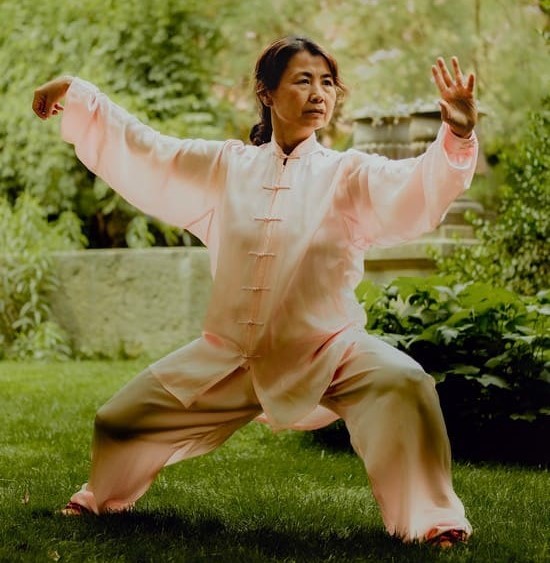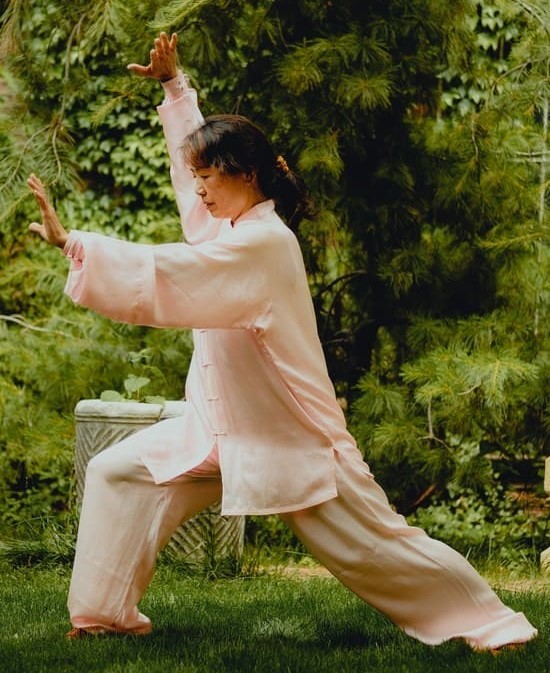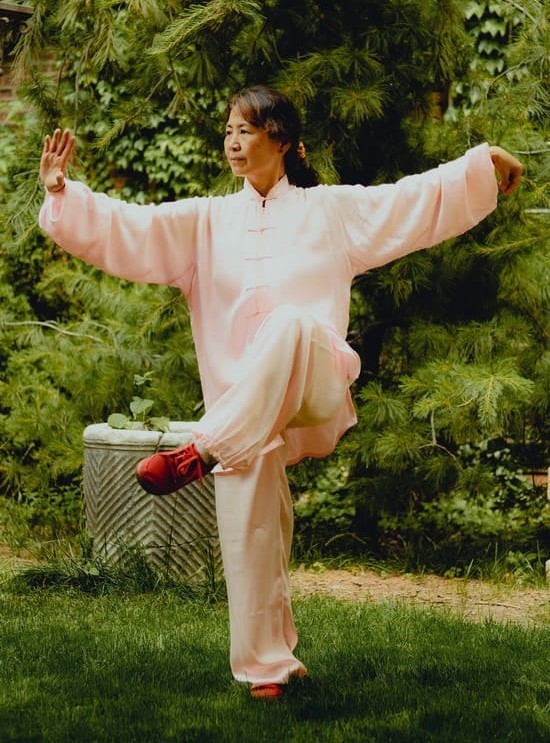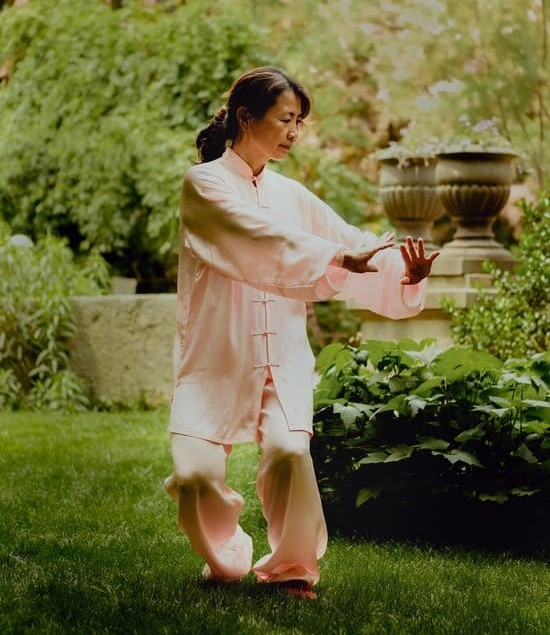“Parting the Wild Horse’s Mane”. “Wave Hands Like Clouds”.
“Embrace Tiger, Return to Mountain”. These are not song titles or poems.
Rather, they are the deceptively complex movements of tai chi.
اضافة اعلان
With around 250 million practitioners, tai chi is often
cited as one of the world’s most popular physical activities. It originated in
China in the 17th century as a martial art. Unlike karate or taekwondo, tai chi
focuses on quiet strength rather than combat, which makes it more accessible to
older adults or those who have been injured.
Shirley Chock, 48, began practicing in her 20s, after she
tore her anterior cruciate ligament. She had trained in wushu kung fu, a more
acrobatic martial art that caused the tear, but tai chi offered a low-impact
way to rehab. Chock, a former financial professional who was born in New York
and spent her childhood in Taiwan, also found tai chi beneficial in managing
stress. After about two years, she began teaching it, and eventually took over
Aiping Tai Chi, the Connecticut school where she had trained.

Since then, “the most common thing I have heard is older
students saying, ‘If only I’d discovered this practice when I was younger,’”
Chock said. Here’s what makes tai chi so useful, and how to get started with it
when you’re ready.
The benefits
Tai chi blends mental focus and physical effort to build
strength, flexibility and mindfulness, said Peter Wayne, the director of the
Osher Center for Integrative Medicine and the author of “The Harvard Medical
School Guide to Tai Chi.”
The poses are upright and less demanding than many in, for
example, yoga. “Because tai chi evolved in terms of physical function and
interaction, I think it translates better to everyday living activities, like
lifting groceries, pushing doors open, or catching things that fall,” Wayne
said. Tai chi is also different from passive techniques like meditation because
it pairs deep breathing with movement, which experts say helps you calm your
nervous system.

Research suggests tai chi can also improve balance and
mobility, including in people with neurological conditions like Parkinson’s
disease. It also helps prevent falls in older adults. By strengthening
surrounding muscles, tai chi also reduces strain on joints, said Dr Amanda
Sammut, the chief of rheumatology at Harlem Hospital and an assistant clinical
professor of medicine at Columbia University.
Getting started
The name tai chi refers to both the practice and the
underlying philosophy of yin and yang — that there’s no good without bad, no
dark without light, Chock said.
There are several styles — including Yang, Chen, and Sun —
named after prominent teachers or founders. “Although there are differences,
there are many more commonalities,” Wayne said, and no scientific evidence that
any one is superior. For beginners, Chock recommends the Yang style; it’s the
most popular, so you will have many classes from which to choose.
No standardized certification exists for instructors, so
Wayne suggests searching online for schools and classes.

Visit at least two classes to make sure you’re comfortable
with the space, teaching style and your classmates. “Tai chi is experiential;
you have to go and try it and feel it,” Chock said.
Despite the martial arts foundation, you most likely won’t
fight. Advanced students may spar against partners, but most classes teach
movements for individuals. Here are four appropriate for beginners.
Qi pouringStand with your feet shoulder-width apart. Bend your knees
gently, pick up your left foot and take a large step to the left. Center your
body weight. Begin rocking back and forth by lifting your heels, then your
toes, then your heels again.
Each time you come forward onto your toes, bring your arms
up to chest height with your palms down and your wrists soft. As you rock back
on your heels, bring your arms back down to your sides, palms facing back.
 Raising the power
Raising the power
Stand with your feet shoulder-width apart, then pick up your
left foot and take a large step to the left. Bend your knees into a slight
mini-squat as you raise your arms up in front of you, keeping your wrists and
hands relaxed. Then press your hands back down as you gradually straighten your
legs.
Wave hands like clouds
Stand with your feet shoulder-width apart, then gently bend
your knees as you pick up your left foot and take a large step to the left.
Straighten your knees, and as you do, lift your arms to chest height, palms
facing down and hands and wrists loose and relaxed. Calmly bend your knees down
into a mini-squat, arms in front of you. Turn at your waist so your stomach and
chest face right; as you do, shift your weight onto your right leg and brush
your right hand up and across, in front of your face, palm facing inward. Once
your hand crosses your midline, lower your arm.
Repeat in the other direction, turning your torso to the
left, shifting your weight onto your left leg, and brushing your left hand up
and in front of your face and then back down.
Washing yourself with qi from the heavens
Stand with your feet shoulder width apart, then lift your
left foot to take a large step to that side. Slowly lift your arms up to your
sides and then overhead. Circle your hands, palms down, in front of your face
and toward the floor. Visualize rejuvenating energy flowing through your body,
anchoring you to the ground.
Read more Health
Jordan News










